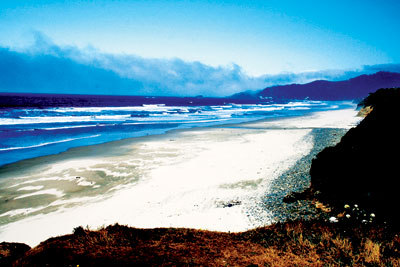All Nonfiction
- Bullying
- Books
- Academic
- Author Interviews
- Celebrity interviews
- College Articles
- College Essays
- Educator of the Year
- Heroes
- Interviews
- Memoir
- Personal Experience
- Sports
- Travel & Culture
All Opinions
- Bullying
- Current Events / Politics
- Discrimination
- Drugs / Alcohol / Smoking
- Entertainment / Celebrities
- Environment
- Love / Relationships
- Movies / Music / TV
- Pop Culture / Trends
- School / College
- Social Issues / Civics
- Spirituality / Religion
- Sports / Hobbies
All Hot Topics
- Bullying
- Community Service
- Environment
- Health
- Letters to the Editor
- Pride & Prejudice
- What Matters
- Back
Summer Guide
- Program Links
- Program Reviews
- Back
College Guide
- College Links
- College Reviews
- College Essays
- College Articles
- Back
Costs of Orcas in Captivity
SeaWorld’s killer whale, Tilikum, is dying. Tilikum was taken from his ocean home at the age of two and was placed in captivity to rot for the rest of his life. Tilikum, the orca with the history of killing three trainers, sparked the debate that discusses whether or not orcas should be kept in captivity to be paraded in marine parks and aquariums.
Must orcas stay trapped inside a concrete pool to be only bombarded by the unfortunate fate that lies in their future?
Some may argue that by allowing captivity of orcas, scientists are able to study them more intimately, provide veterinary care, give education on conservation, and rehabilitate wild orcas that have been affected by humans (“Dispelling the Argument”). Placing orcas in captivity does have its benefits, but at what cost?
Naomi A. Rose, a marine mammal scientist at Animal Welfare Institute, proclaimed in her article “A win-win solution for captive orcas and marine theme parks” that “captivity kills orcas” (Rose). Captivity of orcas may aid us in understanding their intelligence, but by placing orcas in artificial habitats, the outcomes of studies to better understand them do not reflect how orcas act in wild. In the film “Blackfish” (2013), it describes how orcas in captivity are living in unhealthy conditions and at a higher rate of death. As stated in the film, orcas in captivity only live up to twenty-five to thirty years; Captive orcas die young compared to free-living orcas which have the lifespan similar to humans (Cowperthwaite).
Compared to free-living orcas, the homes of captive orcas are extremely miniscule. In the ocean, orcas are able to swim 62 miles daily (Hogenboom). Captive orcas have inadequate space to swim and are not able to swim in a straight line as they are trapped in a small box where they are basically forced to swim in circles. (“Wild vs. Captivity”). There is no proper way of keeping an orca captive as it is difficult to replicate the openness of the ocean.
In addition, they are malnourished due to the limited variety resources they have access to. Free-living orcas are able to consume a variety of different fish and sometimes other marine mammals. Orcas in captivity are hand-fed dead fish as a way to reinforce behavior and render their natural hunting skills useless. In the wild, orcas are able to work in groups and have the ability to utilize complex strategies to obtain their prey (“Wild vs. Captivity”). A group of orcas or pods consist of family members that have bonds and hierarchies with each other that are special and unique to each orca (Hogenboom). Captive orcas are unable to experience this bond. In captivity, families are separated, and orcas are forced to live in close proximity with orcas that are complete strangers (Cowperthwaite). Captivity ruins the health of orcas.
Human presence and a small habitat make captive orcas extremely unfit and “the equivalent of couch potatoes” (Rose). Captivity deforms orcas to become unsuitable to live in the wild. However, due to this argument, some may say that captive orcas should remain in their aquariums, but the orcas who are healthy enough or capable of no longer relying on human presence should be able to transition from captivity to the open ocean.
As humans, it is our responsibility to right the wrongs that had occurred in our past. Fund sea pens and ocean sanctuaries for captive orcas. These sanctuaries allow for captive orcas to experience a larger habitat and to feel the natural rhythm of the ocean. Orcas should no longer be exhibited in marine parks and aquariums for the entertainment of humans.
Work Cited
Blackfish. Dir. Cowperthwaite, Gabriela. Magnolia Pictures, 2013. Film
“Dispelling the Argument of Captivity Proponents.” Animal Welfare Institute. N.p, n.d. Web. 18 October 2016.
Hogenboom, Melissa. “Why killer whales should not be kept in captivity.” BBC. 10 Mar. 2016. Web. 18 Oct. 2016.
Rose, Naomi A. “A win-win solution for captive orcas and marine theme parks.” CNN. 28. Oct. 2016. 18 Oct. 2016.
“Wild vs. Captivity.” Animal Welfare Institute. N.p, n.d. Web. 18 Oct. 2016.

Similar Articles
JOIN THE DISCUSSION
This article has 0 comments.
